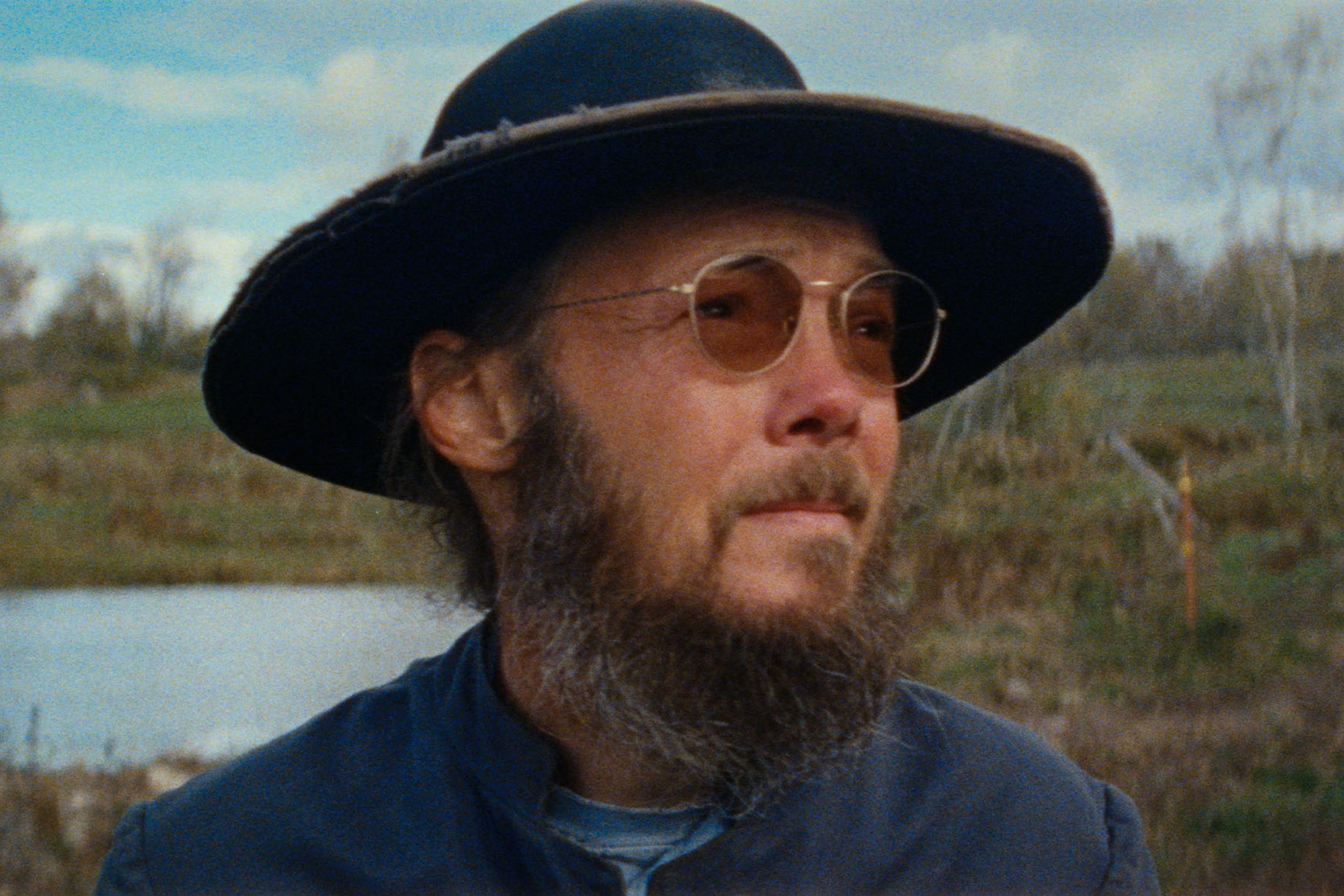Terence Netter was raised in a Roman Catholic family knowing that he ‘belonged in the Jesuits’. As someone mostly uninterested in coupling, Therese Franzese grew up feeling like she didn’t fit in. Both were guided by a desire to live a spiritual life, and neither imagined that romantic love would upend their lifelong searches for meaning. The Spiritual Exercises follows the story of Terence and Therese’s unlikely union, detailing how their partnership developed, and what it meant to reconcile their romantic relationship with their Catholic faith. Throughout the film, their story unfolds within the framework of the Jesuit Christian meditations – prayers aimed to ensure that no decision is made ‘under the influence of any inordinate attachment’. But for Terence and Therese, love would become a force strong enough to break the scaffolding on which two people had built their lives, and ultimately shift their values and rewrite their futures.
In the film, Terence and Therese’s two narrative threads slowly weave together. With craft and care, the American directors Lloyd Kramer and Scott Chestnut cut between Therese and Terence’s parallel retellings of the past until their stories play out in tandem. Bringing this rich narrative to visual life, the directors draw on archive footage and photographs to paint a picture of the cultural milieu of 1960s New York where the couple met. Film clips from the Metropolitan Opera where Therese worked, images from Terence’s art exhibitions, and black-and-white family portraits weave a tapestry of memories. Throughout, the Catholic Church’s millennia-old celibacy requirement for priests, which was reaffirmed by Pope Paul VI in 1967, lingers in the background.
By asking what it means to leave your church for love, The Spiritual Exercises grapples with themes beyond what it’s like to feel at inextricable odds with a lifelong commitment to a religious order. Terence and Therese’s difficult decisions about finding meaning in their lives invite viewers to contemplate serendipity, the roads taken and those we chose to leave behind, giving their relationship a universal resonance as they struggle to make their undeniable love for one another fit into their lives. Through their story, The Spiritual Exercises forms a gentle yet powerful exploration of sacrifice, love and peace of mind – and the inherent tensions between the three.
Written by Olivia Hains







